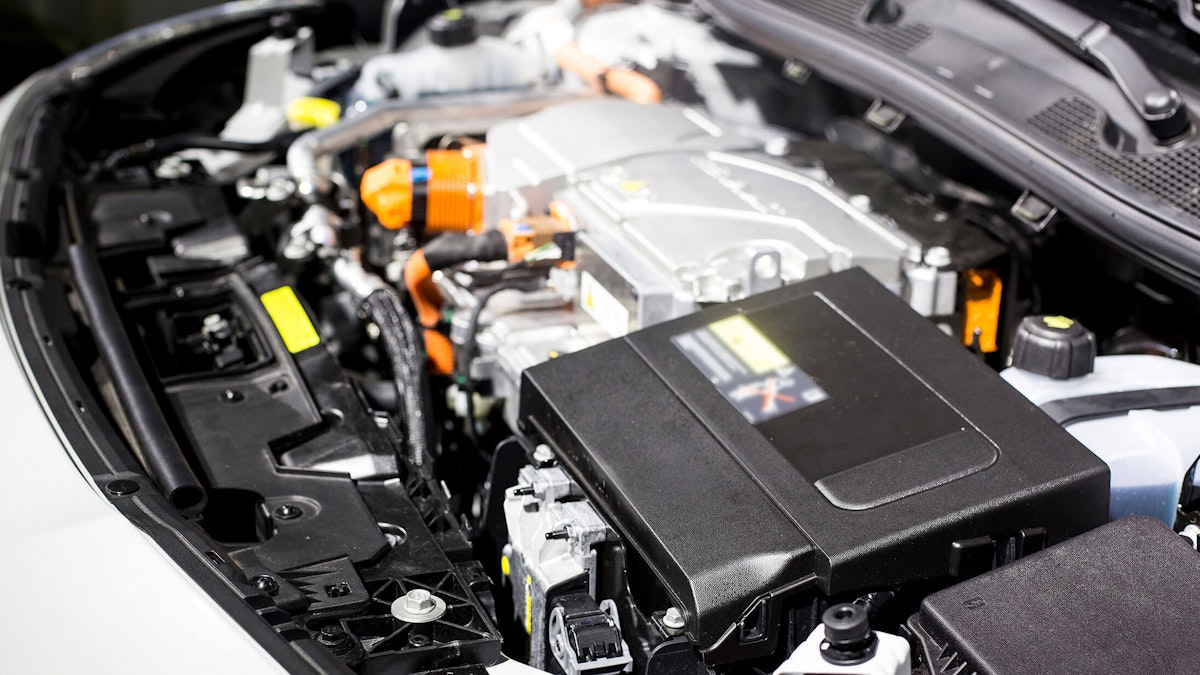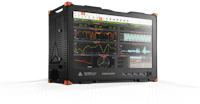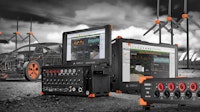Table of contents
Browse categories
Browse authors
 AB
ABAlberto Boffi
 AL
ALAlessia Longo
 AH
AHAl Hoge
 AB
ABAljaž Blažun
 BJ
BJBernard Jerman
 BČ
BČBojan Čontala
 CF
CFCarsten Frederiksen
 CS
CSCarsten Stjernfelt
 DC
DCDaniel Colmenares
 DF
DFDino Florjančič
 EB
EBEmanuele Burgognoni
 EK
EKEva Kalšek
 FB
FBFranck Beranger
 GR
GRGabriele Ribichini
Glacier Chen
 GS
GSGrant Maloy Smith
 HB
HBHelmut Behmüller
 IB
IBIza Burnik
 JO
JOJaka Ogorevc
 JR
JRJake Rosenthal
 JS
JSJernej Sirk
 JM
JMJohn Miller
 KM
KMKarla Yera Morales
 KD
KDKayla Day
 KS
KSKonrad Schweiger
Leslie Wang
 LS
LSLoïc Siret
 LJ
LJLuka Jerman
 MB
MBMarco Behmer
 MR
MRMarco Ribichini
 ML
MLMatic Lebar
 MS
MSMatjaž Strniša
 ME
MEMatthew Engquist
 ME
MEMichael Elmerick
 NP
NPNicolas Phan
 OM
OMOwen Maginity
 PF
PFPatrick Fu
 PR
PRPrimož Rome
 RM
RMRok Mesar
 RS
RSRupert Schwarz
 SA
SASamuele Ardizio
 SK
SKSimon Kodrič
 SG
SGSøren Linnet Gjelstrup
 TH
THThorsten Hartleb
 TV
TVTirin Varghese
 UK
UKUrban Kuhar
Valentino Pagliara
 VS
VSVid Selič
 WK
WKWill Kooiker
The Influence of Shielded Cables on Electric and Hybrid Vehicles

April 8, 2023
Analyzing electric vehicles under real driving conditions is the future of electric vehicle testing. The innovative measurement solution from Dewesoft allows doing all analysis during the real-drive test measurement as well as in post-processing of the whole electrical system of the vehicle.
There are some challenges when undertaking real-drive tests such as the influence that shielded cables have on the measurement results. These influences were measured and analyzed, and the findings will be presented in this paper.

Standardized driving cycles such as:
NEDC - New European Driving Cycle,
WLTP - Worldwide harmonized Light-Duty vehicles test procedure,
WMTC - World Motorcycle Test Cycle,
etc.
are not optimally suited to measure the true energy consumption of electric vehicles. These tests are purely test bench orientated and such testing doesn’t consider all the aspects influencing the energy consumption of an electric vehicle.
Measuring electric vehicles under real-drive conditions is becoming more and more popular, mainly since test bench simulated drive cycles cannot supply the integral data that is received from a real-drive test.
Nonetheless, real-drive testing requires a mobile and powerful measurement system, and the mounting of the different sensors for voltage and current measurements can be quite a task for the test engineer. Accessing the battery voltage is no small task as it needs to still be protected after the sensors have been fitted as there are voltages of 1 kV upward present.
The current measurements also present a challenge due to the cable shielding on the high-voltage cables, the shielding on the motor and battery cables has a major influence on the measurement results.
Therefore, Dewesoft decided to measure and evaluate the influence that these shielded cables have on the measurement results. Cable shielding is used to prevent electromagnetic interference (EMI).
Real-drive and test bench testing
Ten separate real drive tests were done to validate the use of CAN bus data to measure power and energy consumption on an electric VW Golf vehicle.
Learn more:
These measurements were done with the intention of evaluating the influence of the high-voltage motor and battery cable shields on the measurement results. The real-drive test was done on 4 separate routes, city, highway, overland, and a combination of the three. In addition, tests were also carried out on a test bench.
The easiest way to carry out the power and energy consumption analysis of the electric vehicle would be to read the data straight out of the vehicle CAN bus signal as this is readily available on the vehicle. But there are several reasons why this data should not be used for an energy analysis on an electric vehicle.
Firstly, it is not allowed to utilize the built-in sensors of the vehicle itself. Furthermore, the data that is measured by the internal sensors is usually measured at a very low sampling rate (ca. 10 Hz) and is not synchronized.
Our measurements show that the data that is acquired directly from the CAN bus signal does not accurately reflect the actual values of current and voltage. Referring to Figure 1 and Figure 2 the battery current and voltage were measured respectively. The green line on the graph was measured with a sampling rate of 1 MS/s with the Dewesoft power analyzer and the black line on the graph is the data that was taken directly from the vehicle CAN bus.
Looking at these figures it is clear that the data recorded by the vehicle CAN bus shows significant deviations compared to the Dewesoft data, mainly due to the low sampling rate at which the data is acquired by the CAN bus. In the current measurement in Figure 1, the major variations can be seen especially where fast positive and negative signal changes occur.
The voltage measurement in Figure 2 shows that the CAN bus signal follows the actual Dewesoft signal but there are quite obviously visible offsets between the two signals. The higher sample rate produces a smoother curvature and allows the analysis of small deviations in the signal.
When analyzing these signals and evaluating the energy balance during the real-drive tests it becomes evident that there are deviations present. Deviations in the data sequences can be as high as 15 %. These findings beg the question if energy flow analyses of hybrid and electric vehicles can be seen as conclusive and true when not using highly accurate measurement equipment. The answer is no, as the data is too inaccurate for such an analysis.
To reach the highest degree of accuracy, it is essential that the measurement is done with professional equipment. This ensures that the energy flow analysis in both hybrid and battery electric vehicles has the highest quality and that the data delivers a meaningful result. If this is not the case, the data acquired might have deviations that falsify the results of the measurement, even during shorter real-drive tests.
The power analyzer/data acquisition system
For these tests, the R2DB Power Analyzer from Dewesoft was chosen. This power analyzer can have up to 16 analog input channels for voltage and current as well as other types of input channels such as a thermocouple, vibration, CAN bus, etc.
In addition, GPS and video data were also added, as this delivers valuable information for the analysis of the real drive tests.
The measurements were done at a sampling rate of 1 MS/s, to also incorporate the higher frequency components of the measured signals.
The voltage was measured directly on the isolated high voltage amplifiers that are rated with the protection class CAT III 600 V and CAT II 1000 V.
The currents were measured using current transducers based on the hall effect and zero flux technology. These transducers were chosen because of their high bandwidth, high accuracy, and low phase error.
For the different measurements - testbed and real-drive - the same sensors were used. The table below shows the measurement settings and the transducers used.
| Column A | Setting |
|---|---|
| Sampling rate | 1 MS/s |
| Resolution | 6 Bit |
| Current Transducers | Real Drive Tests:DS-CLAMP-500DCS current clampAccuracy 0.3%, Bandwidth 200kHz (Measurement chain) Testbed Tests:MCTS-1000 current transducerAccuracy 0.03%, Bandwidth 500kHz (Measurement chain) |
The Dewesoft measurement system combines the functionalities of multiple measurement instruments into a single device. These include:
a power analyzer,
a scope,
an FFT analyzer, and
a power quality analyzer
making the Dewesoft measurement solution a powerful tool to have for these types of measurements.
As the data delivered by the vehicle CAN bus does not provide adequate data results for in-depth energy analysis of the vehicle, external current and voltage measurements must be made to ensure that the data analyzed is of the highest quality.
To determine the difference that the shielding made during measurements both battery, motor, and auxiliary load currents were measured with and without cable shielding.
Due to the switching frequencies of inverters which happen at high frequencies, it is possible that there are leakage currents over the cable shield, which could have a detrimental effect on the power electronics. Leakage currents can also have a negative effect on the energy storage of the vehicle as it can drain battery power. We decided to have a closer look at the influences that shielded compared to unshielded cables have on measurements.
Influence of shielded motor cables
Figure 5 illustrates the measurement configuration for determining the influence that the shielded motor cables have on the measurement results from the inverter to the electric motor.
Current transducer 1 was mounted over the unshielded cable, and current transducer 2 was mounted over the shielded cable.
Analyzing the data that was acquired, as depicted in Figure 6 the measurement signal of the current on the shielded motor cable was smooth (Red Waveform) compared to the measurement signal of the current on the unshielded cable (Turquoise waveform). There is also a noticeable phase shift between the two measured currents.
Furthermore, the current signal measured on the shielded motor cable is dampened at higher frequencies, refer to Figure 7, where the two FFT spectra are compared. The damping of the signal with the shield starts at frequencies over 1 kHz. In addition to the damping, there is also a DC component noticeable on the shielded motor cable.
The phase shift is also frequency-dependent as illustrated in Figure 8, showing the frequency and the phase shift between the signals of the shielded and unshielded cables.
The damping that is seen in the FFT spectrum and the frequency-dependent phase shift refers to a low pass behaviour when a cable is shielded.
Learn more:

The influence of shielded battery cables
Not only motor cables are influenced by shielding, but this phenomenon can also be observed when measuring battery cables. Figure 9 illustrates the measurement configuration that was used for the evaluation of the influence that the shielding has on the battery cables.
A characteristic example of the influence that a shielded battery cable has, is shown in Figure 10, where the current over an Auxiliary (PTC) was measured during the electric vehicle start-up. In the start-up phase, shield currents were measured to be 5 times higher compared to unshielded cables.
The influence that the shielding has on the measurement of the battery cables is illustrated in Figure 11.
The green signal shows the measurement made with an unshielded cable, while the red and blue signals represent the plus terminal measurement and minus terminal measurement with shielding respectively. A 1,5 % error at 340 A was measured in both directions. This yields a total error of 3 % between the battery poles. An error causes additional deviations when calculating the energy during real-drive testing.
As mentioned previously, the shielded cables tend to damp the signal at higher frequencies, and the currents are higher when the cables are shielded. These capacitive leakages have low-pass characteristics and can significantly affect measurement results and as a consequence the validity of the total analysis.
Figure 12 illustrates an FFT spectrum of both the plus and minus terminal signals, including the fundamental frequency of the motor, including the harmonic multiples of the fundamental frequency and the switching frequency of the inverter.
Conclusion
These tests were performed to clarify some of the main challenges that are faced when measuring the energy consumption of electric and hybrid vehicles.
The results also show that reading out the data directly out of the vehicle CAN bus is insufficient for an accurate energy consumption determination. To get better results a power analyzer should be used as it yields better measurement results for a more accurate analysis.
This solution brings its own challenges, as the currents must be measured with current transducers, and to do so the shields must be removed. The shields affect the measurements quite significantly. Deviations on auxiliary loads can be as high as 50 % and on the motor and battery cables as high as 5 %.
Learn more:



